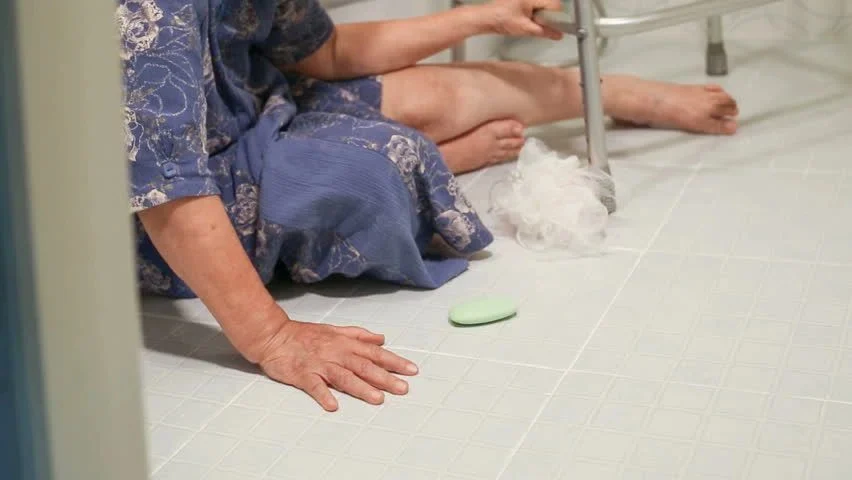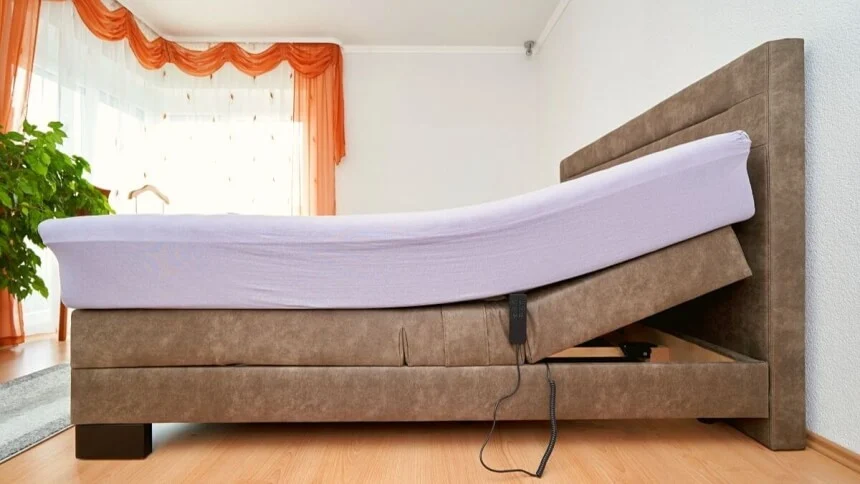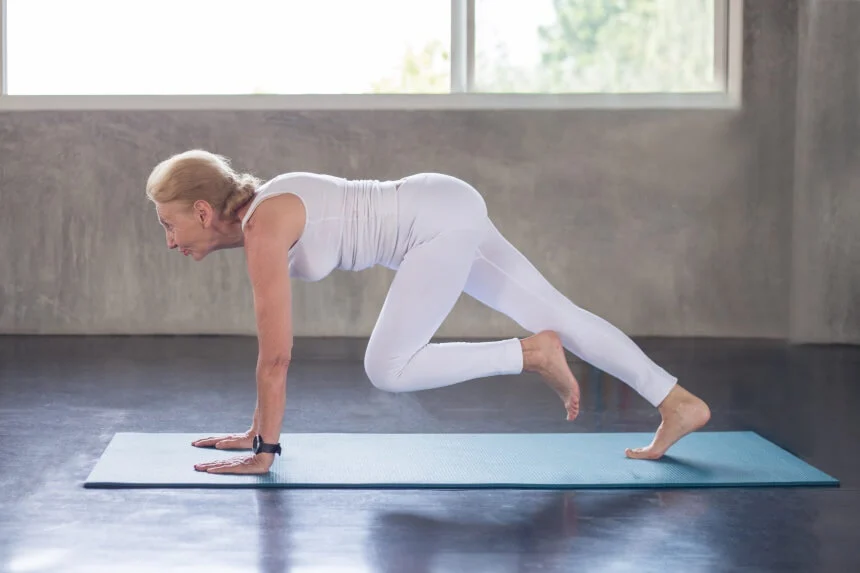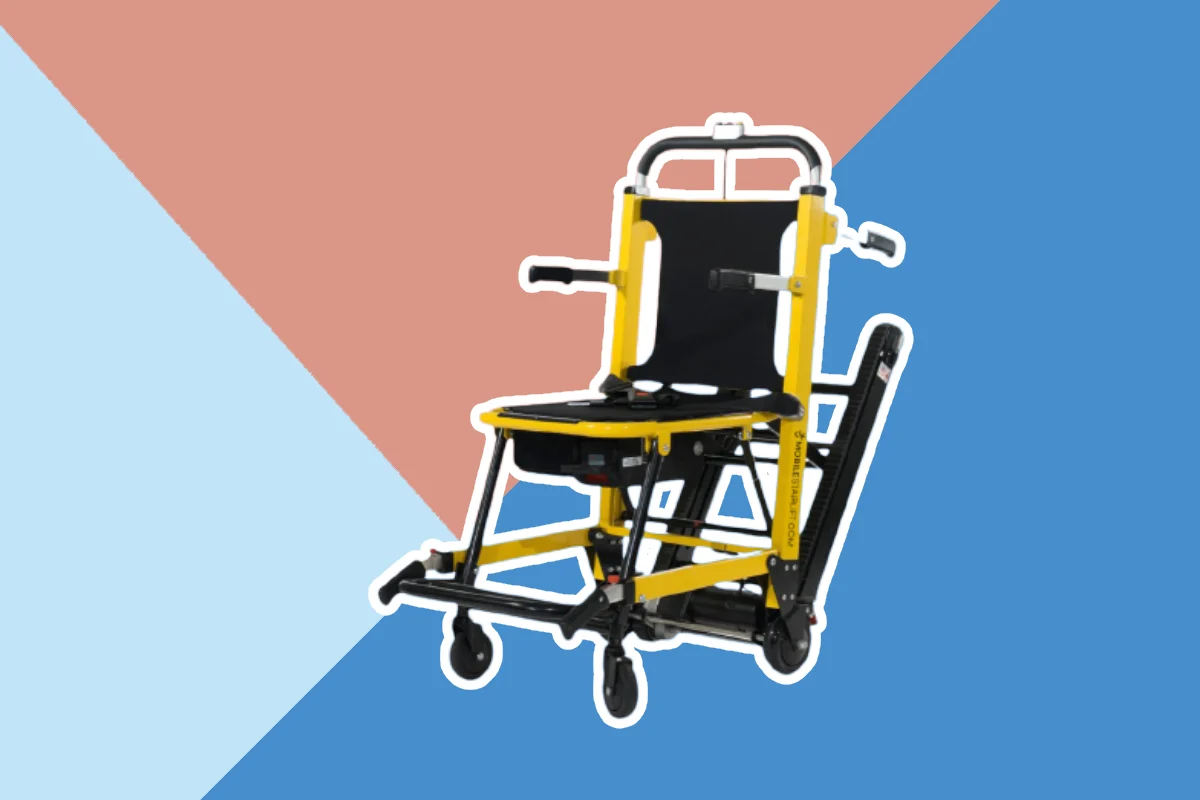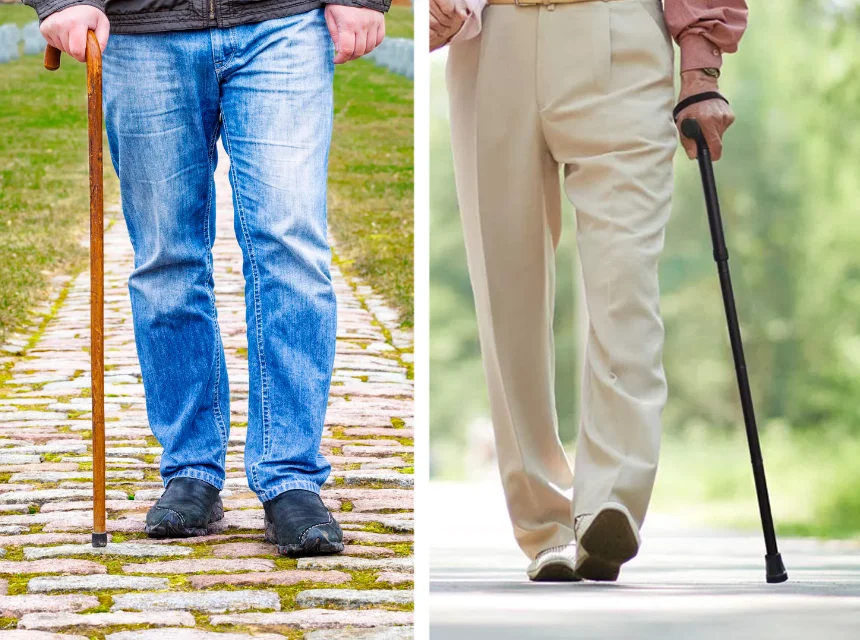Caring for a family member or loved one at home can be physically and emotionally challenging. Meeting the demands of transfer or assistance with getting up from and into bed can be challenging for seniors or handicapped.
According to the Daily Mail, more than 20,000 people are admitted to the hospital every year for falling out of bed. That’s why it’s always advisable to have a personal assistant or caregiver around whenever physically challenged people or seniors who can’t get out of bed independently want to.
But first, asides from other needs, you have to know how to help the elderly get into bed and out as they’ll need to go to the bathroom or the living room.
Alternatively or complementarily, there are also some mobility assisting devices that help seniors to get out of bed, which are all we’re going to be talking about in this article. We will also discuss the right procedures for those who want to know how to get an elderly person into bed or out of bed.
By Nan J.Corbo | ✅ Reviewed by Ray Butcher |
SeniorFitness is reader-supported. We may earn a commission through products purchased using links on this page. Learn more about our process here
Consider the Bed First: Features That Help Elderly Get In and Out of It More Easily
Whether you’re looking at helping your elderly get out of bed each time or providing means by which they can do this by themselves and onto the wheelchair, some of the things to consider are the features of the bed.
Ideal Bed Height for Seniors
When choosing a senior bed frame, the premise “the higher, the better” should not be used. Ideally, the height of the bed should be adjusted to its user.
According to the Disability Rights Education and Defense Fund (DREDF), their beds should have a height range of 20 to 23 inches from the mattress top to the floor.
The height of a bed suitable for seniors is optimal if the user can sit sideways on the bed so that their feet can reach the floor and not “dangle in the air” (too high). Pelvis and knees should be parallel to the floor. Ideally, the pelvis is positioned above the knees, making getting up more straightforward.
If a double bed suitable for seniors is to be selected, the size of the smaller person is decisive for the height decision if there is a size difference between the partners. The best possible solution is such that the maximum bed frame height for the smaller person is identical to the smallest optimal bed frame height for the taller person.
Hospital Adjustable Beds

In hospitals, to guarantee patients’ comfort, they began to move away from conventional beds that are “static” and started to opt for the option of beds with the possibility of adjusting their shape to the demands of their patients. These beds, considered durable medical equipment (DME), are now not only limited to use in hospitals. They are also helpful at home.
Asides from the adjustability, hospital beds, are made to ensure a safe, stable, and comfortable environment for the person to rest, recover, heal and get care in the comfort of their home.
Such beds are helpful for recuperating, dependent, or disabled older adults. When purchasing the right bed for your aged folks, you should check the height and part adjustability and the integration of an electric motor.
Tilt Adjustment
Among the main advantages of adjustable beds, as we might have anticipated, is the possibility of regulating the inclination of the different parts of the body.
The height should be within the range of 18 to 26 inches and should be changeable to facilitate getting out and into bed.
Then the slatted base that makes up the bed, together with its mattress, allows them to be adapted to the requirements of the oldster. The flexibility of movement that they allow is their main characteristic.
- 3-plane adjustable beds: they raise the upper part of the body (trunk and head on one side). But they also allow the hips to rise, leaving them in a fixed position.
- 4-plane adjustable beds: Raise the trunk and legs vertically to the knees and hips and horizontally to the lower body.
- 5-plane adjustable beds: they allow the trunk and legs to be raised vertically and horizontally. Plus, they adjust the neck’s position.
Electric Motor
The fact that the adjustable bed of your elderly person has an electric motor, which normally has the option of being able to be regulated through remote control, will give the elderly person total independence. Moreover, they have the autonomy and comfort to place their taste and need at all times on the bed.
Your loved one will be able to move the height of his head, upper and lower body to his liking, adapting to his needs and not vice versa.
Likewise, with the help of a remote or button control, they will be able to achieve great autonomy and safety when it comes to mobilizing their joints and muscles, thanks to the versatility of these beds.
How to Help Elderly Get into Bed and out of It by Lifting Their Weight
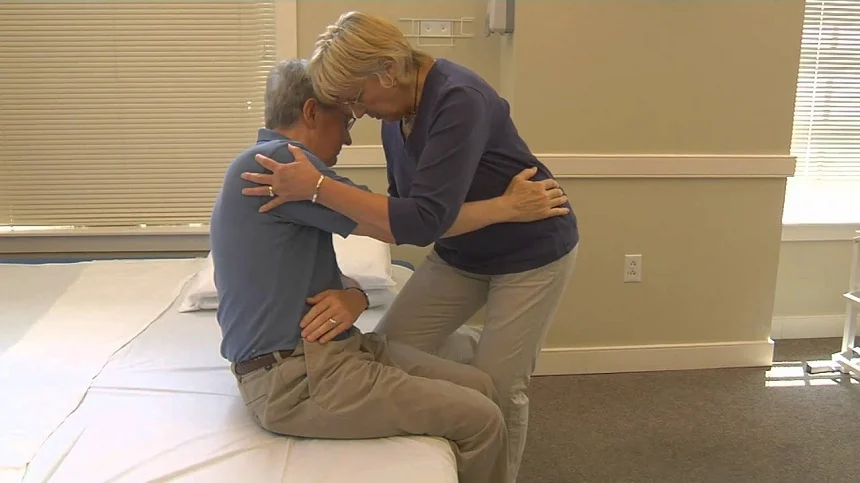
Before doing anything to help an older person get up, make sure you have everything you need to carry out the operation safely. Ensure:
- The walker, cane, or wheelchair are nearby: Mobility aids reduce the risk of falling and help support the person once in a standing position.
- The area is clear of objects or obstacles: It is important to clear the space around it to reduce the risk of tripping or falling by helping the elderly person to get up.
- The bed is the right height: If the bed or chair is adjustable in height, position the person, so their hips are slightly higher than their knees. It will be easier for her to stand up because their body will be in a more upright position.
The Steps
One of the most effective ways to lift a disabled person while avoiding unpleasant accidents is outlined in the following steps:
- Keep your back straight and bend your knees
- After placing the bed horizontally, put an arm around the patient’s shoulders and lift him while rotating his legs outside the bed to help him assume a sitting position.
- Gird the patient with his hands at the end of his back and rotate him until he reaches the position of the wheelchair.
Useful Bed Assist Devices That Make the Task Easier
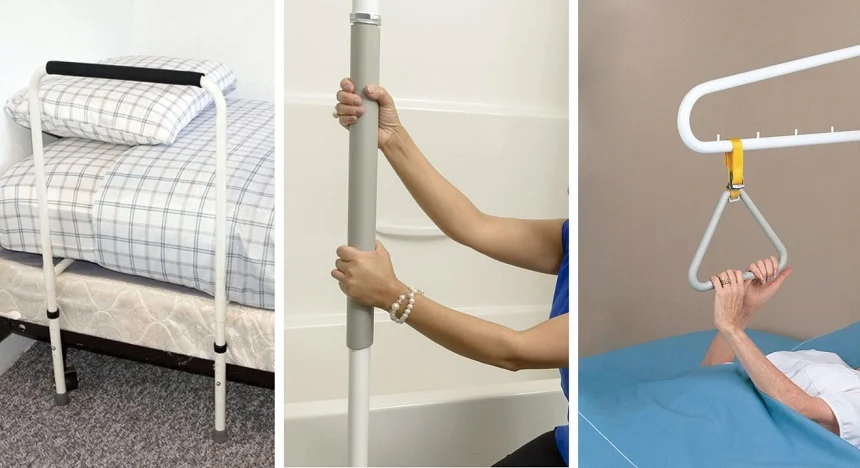
As a caregiver, you have to be aware of all the little devices and technology used to help your loved ones or clients. These will not only make their lives comfortable, but they will simplify your work. Sometimes, they can even make the seniors independent. They’ll be able to get out of beds themselves and into their wheelchairs or get to the reach of their canes.
Rail Bed Assist Systems
There are rails and assist systems that can be integrated into the bed for more comfortable mobility.
The rail systems must be sturdy and fool-proof. They are installed to the side of the bed. The user can lean on it while getting out of bed. The best-selling rail bed assist systems on the market for the elderly usually have adjustable heights and storage pockets for books and other items.
Often adjustable in three lengths, they can also be used as a rail to prevent falls when lying in bed. When not in use, some supports can be folded down.
Grab Bars and Handles for Sit-to-Stand Assistance
A height-adjustable handle can be applied to the bed base without any work tools. The user can thus lean on the handle, which is covered in non-slip rubber. This guarantees an excellent grip during movement.
Sit-to-Stand Safety Poles
These are also vertical assistive rail devices that can be placed or installed by the side of a bed. They help with the process of getting out and onto the bed without having to rely on a caregiver.
The good thing about these poles is they can be taken and used anywhere, by the bedside in the bedroom, bathroom, by the chair in the living room, or wherever.
Leg Lifters
Leg lifters are straps that are used to reposition the leg on the bed, car, sofa, or wheelchair. They improve mobility for the elderly, those recuperating from surgery, or someone with reduced mobility.
These are often with two-hand grip buckles. They provide better support, more convenience, and repositions the leg.
Transfer Boards and Slide Sheets
The functions of these boards and sheets include turning, repositioning, or sliding on the bed. They are used for moving disabled persons or the elderly at home or in the hospital.
Folding Canes
Yes, the usual straight canes are great, but a folding cane can be easily kept in a bag or placed by the bed for use anytime. To fold this type of walking stick, simply hold it along the shaft and pull its sections apart.
When choosing canes for the elderly and people with physical challenges, ensure it’s foldable, heavy-duty, and have a pivoting tip.
Over-the-Bed Trapeze
A trapeze is a type of support for getting out of the bed in a triangle shape. It’s a lifting triangle that helps seniors to get out of bed. An indispensable aid useful for the disabled or the elderly.
They are designed to be placed on top of the bed. The steel base compensates for the weight to be pulled up by holding on with the hands. It’s an efficient and functional static lift.
Bed Ladders
A bed ladder is intended to assist people who have to stay in bed for a long time. This isn’t a ladder to be climbed per se, but one to be held. It allows them to get up easily by grabbing the bars because it uses the strength of the arms rather than using the back muscles.
Compatible with both single beds and double beds, a bed ladder attaches directly to the foot of the bed to unroll on the mattress and stay next to the patient when he needs to sit up.
Senior Bed Safety
Now you’ve seen how to help the elderly get into bed and useful devices to help get this done. Again, it’s important to ensure that the bed or chair they’ll be sitting in has the right height or can be adjusted. If the bed or chair is height adjustable, position the person so that their hips are slightly higher than their knees. It will be easier for them to stand up because their body will be in a more upright position.
To simplify your work and reduce how often you are called for help, it’s best to have around them several assistive devices such as a trapeze and a bed rail for holding on to and preventing them from falling while on the bed. A safety pole and a grab bar are also essential.

